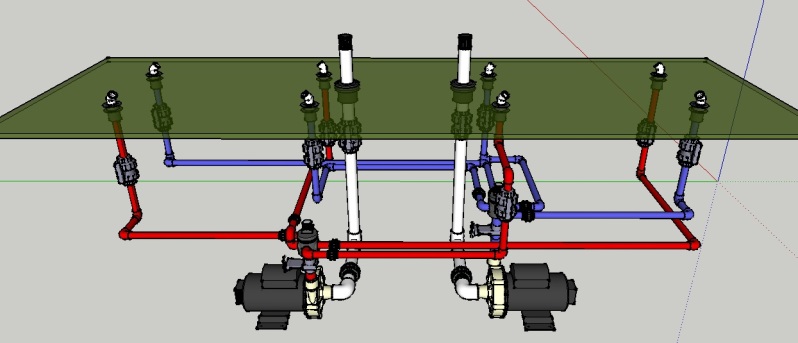- Joined
- May 14, 2012
- Messages
- 6,696
- Reaction score
- 8,295
The pumps are used as powerheads, a sump is still used/needed but runs remotely and still requires yet an additional return pump.....this might be a really dumb question but what exactly is a closed loop system and what makes it different than a normal tank w/sump?



















